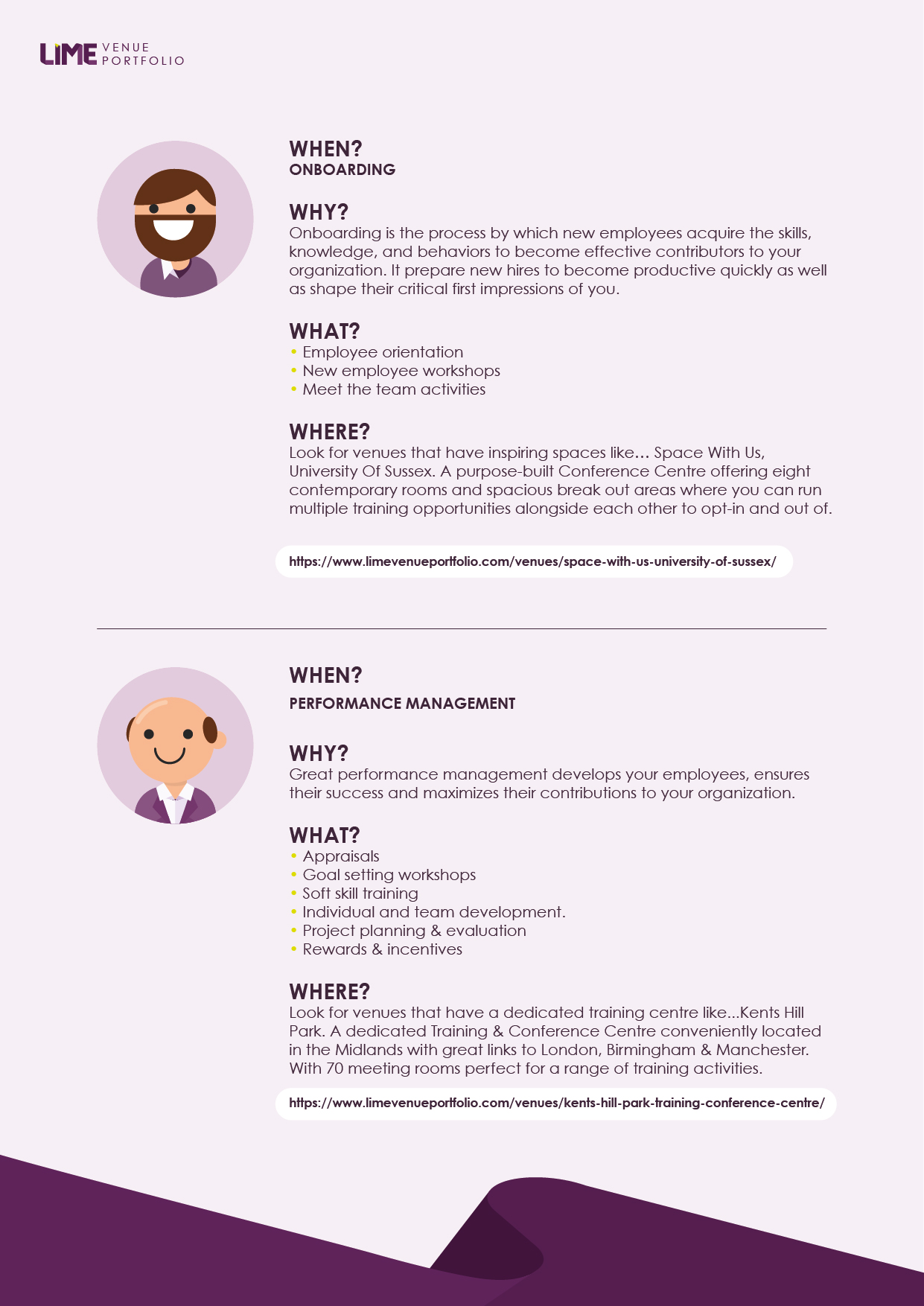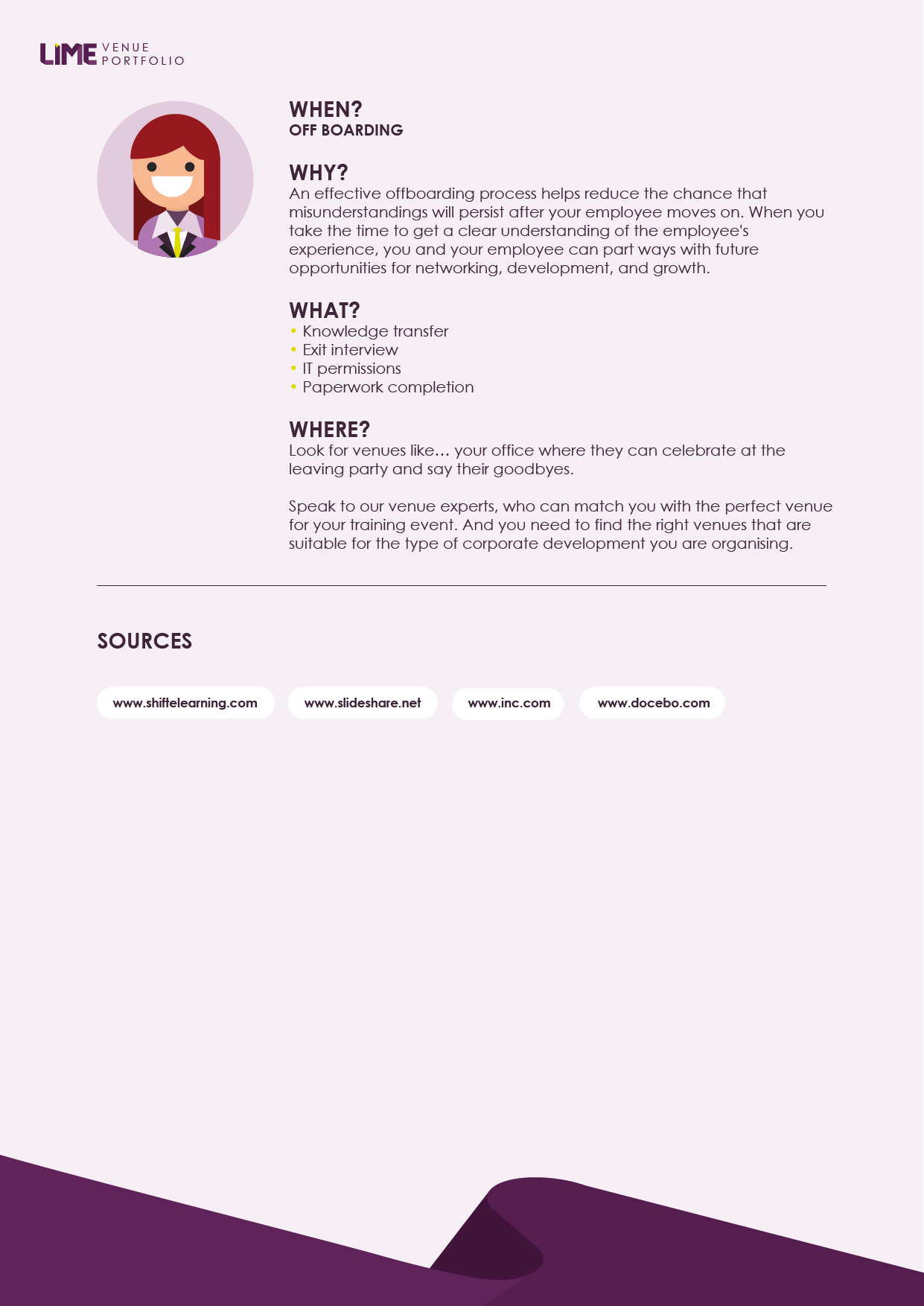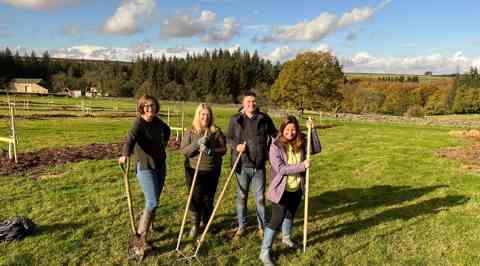What training should you be providing for employees at each stage of their employment lifecycle?
In today’s competitive market keeping the employees you have is really important. Recruiting new talent that matches your specific requirements and is the right ‘fit’ can often be harder than you think.
To retain top talent you need to keep your employees engaged and happy and the most effective way to do this is through consistent and ongoing personalised training.
Well planned opportunities for training focused on specific development skills lets employees know you care and are invested in their development and success. There’s often a disconnect between what employees demand and employers offer and in these cases, employees may search out alternative employers who offer these opportunities.
It’s important to remember that training isn’t just for new starters after the onboarding process, training should continue throughout an employee’s entire time with you. Training tends to start to thin out and become stagnant after the initial new starter phase and additional training can be overlooked or constantly rescheduled to fit in other tasks. As a result, an employee can start to feel as though they’ve been forgotten about and are not valued within the team.
Some companies only offer training opportunities if they’re on the path to management roles and this can cause bitterness and impact morale and productivity.
Your Learning and Development Programme needs to be well planned as a continuous process of exploration and discovery. You should be tailoring your training for employees at every stage of the employee lifecycle and creating a yearly training and development plan for all your team members is key.
But how do you achieve this? You need to be adopting a Netflix approach to training. But what’s that? Learners have access to content that they might not otherwise have seen that they can access when and where they need it. This will set learners up for success within the organisation by organically enriching their learning journey with a wider array of content. Intuitive and personalised where employees have the opportunity to opt-in and out of a range of learning opportunities.
So what sort of training should you be providing for employees at each stage of their employment lifecycle?








